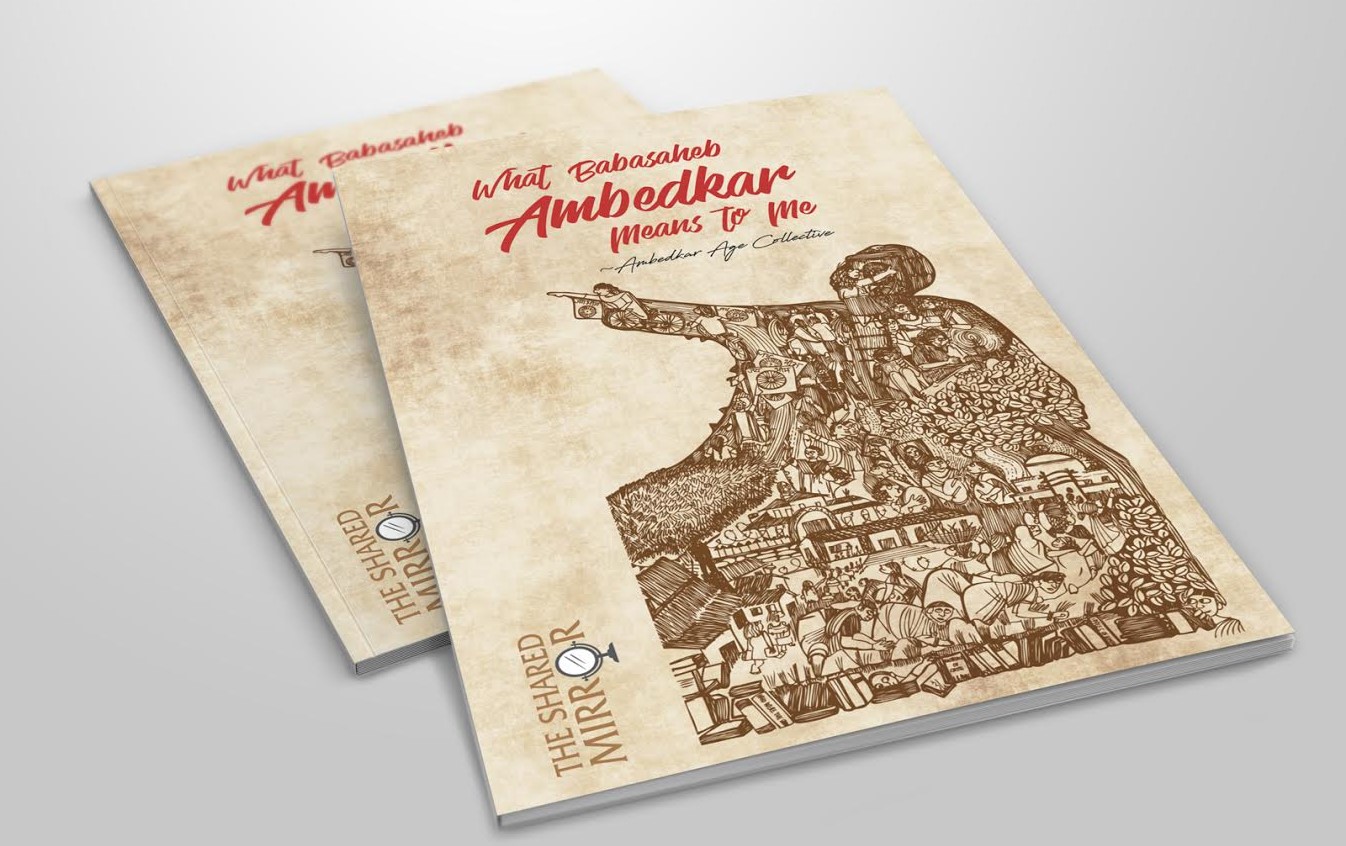Ajay Rahulwad
Introduction
Manual scavenging is a caste-ridden occupation done by manual scavengers, workers who clean human excreta manually, meaning, with hands. If one would want to understand why these workers have to do this job, one has to look at its genesis in the caste-based occupational stratification in India. It is said that, “All Dalits are not manual scavengers, but almost all manual scavengers are Dalit.” This indicates that the profession is restricted to only Dalits, and not assigned to any other group.
Outside the ‘Chaturvarna’ system, there remains a group pf castes called the ‘Ati-Shudras’. Today the term for this group has been politically changed into ‘Dalits’. Dalits as a social group were formerly known as untouchables and majority of them own neither own land nor have been given any alternative occupational opportunity. They have been forced to engage in this unclean profession. That is why one can see in India that all the unclean work is carried out by Dalits. In this context, one could get an exact meaning behind Dr. Babasaheb Ambedkar’s observation that the “Caste System is not merely a division of labour. It is also a division of labourers..”
Nomenclature
Many places in India have different names for the manual scavenger community. In the northern region, specifically in Delhi and almost all of the north Indian belt, they are called ‘Valmiki’ or ‘Balmiki’. A few other castes like ‘Mehtar’, ‘Halalkhor’ etc are also seen. Similarly, in the east, they are called by names like ‘Hadi’, ‘Hela’, ‘Dom’ etc. There are ‘Mukhiya’, ‘Thoti’, ‘Chachati’, ‘Relli’ jatis etc. in the south, and ‘Mehtar’, ‘Bhangias’, ‘Halalkhor’, ‘Ghasi’, ‘Olgana’, ‘Zadmalli’, ‘Barvashia’, ‘Metariya’, ‘Jamphoda’ etc. in western India.
This caste-based occupation is governed by socio-religious customs and is enforced on the Dalits. In older times, since there were no modern toilets, Ati-Shudras were forced to clean all those dry toilets by hand and throw the human excreta out of villages by carrying it on heads. Moreover, they were also given the jobs that involved cleaning public places, removing human sludge from pit latrines. Since it has been their only profession, it became their traditional job for survival. Later, it transformed into an infamous hereditary occupation. Someone born in a sweeper family has no other choice but to sweep.
Context: Manual Scavenging in India
In the mid-eighteenth century, the British Indian government introduced local governance in the provinces and princely states. Initially, the top tier municipalities were designed for the administration of civic affairs of cities like Calcutta, Bombay and Madras. Later, it was extended to other towns and local panchayats. These civic affairs included the cleaning and sanitation work in its ambit and for this recruited the local cleaning workers. These actions of the government acted as an extension of the old-age practice of employee-employer relationship between the manual scavenger and the modern state. All sweepers and manual scavengers were engaged in sanitation work: they were now employees of the respective municipalities and panchayats.
Recently, research was conducted in the National Capital Region of Delhi, which revealed that the situation of these workers has not yet changed. Most of the workers are hereditarily taking up the cleaning work. Almost all of them belong to the families with parents who had also engaged in a similar occupation. Directly or indirectly, they are forced to do this job because if any one of them joins another job, then they have to be ready to face discrimination in that new job space.
Legislations to Eradicate Manual Scavenging: Problems and Loopholes
In 2013, the government of India recognised manual scavenging as an unclean caste-based occupation and prohibited it with legislation namely, The Prohibition of Employment as Manual Scavengers and Their Rehabilitation (PEMSTR) Act 2013. But unfortunately, the implementation of the legislation remains an issue of debate. For example, there is no official data on manual scavengers. According to section 11 under clauses (3) to (7) of the PEMSTR Act, the executive body at the municipality is responsible for surveying manual scavengers. Section 12 of the PEMSTR Act gives a detailed procedure for the survey. But both of these clauses remain unused, and there is no available cumulative data. Because of the unavailability of the survey or the list of manual scavengers, various significant measures that are mentioned in the legislation to rehabilitate manual scavengers become un-noticed, unused and un-implemented.
According to Section 13 of the PEMSTR Act, the state is obligated to take various measures to rehabilitate the workers engaged in manual scavenging. He/she is entitled to financial assistance (Clause C). At least one member of the family should get a monthly stipend (Clause D). At least one member of the family should get a subsidy and concessional loan for taking up an alternative occupation on a sustainable basis (Clause E). He/she should also be provided with legal and programmatic assistance (Clause F). Their children are entitled to get exclusive scholarships from both central state governments (Clause A). On a similar note, the Panchayats are also obligated to take various measures (Section 14) for the rehabilitation of a manual scavenger. But as mentioned above, all these measures are subject to the recognition and identification of the person as a manual scavenger.
According to the Factories Act 1948, Chapter VI and clause 51, “No adult worker shall be required or allowed to work in a factory for more than forty-eight hours in any week.” There is no fixed time period of work for the manual scavengers. It is one of the hardest and scariest jobs. The manual scavenger always has these fear of being vulnerable to disease. The sewage workers, for example, have to jump into the septic tank to get plastic out of the pipeline with his hands.
There is a video on YouTube, which was shot by an organisation named Bundelkhand Dalit Arthik Adhikar Manch, where a Dalit Woman Sarpanch of a village, has not sat on the designated chair during her whole tenure of five years. Instead, she was made to clean latrines as it was her profession since ages. In one of the studies in the Delhi NCR region, it is shown that the sweeping professionals have to be on their job early in the morning. The narrative of a woman was that she has to come to the contractor’s office before 6 am in the morning. She has to wake up at 4 am, prepare breakfast and lunch for the family and then come to work with a broom in her hand. The work sometimes wraps up by 1 pm, or sometimes it goes higher than that. The men will be men in their patriarchal ways of living. It directly impacts the schooling of their children. In the same narrative, a child of that mother said, ‘I never saw my mother in the morning waking me up for school or coming to take me from school’.
The Sexual Harassment of Women at Workplace (Prevention, Prohibition and Redressal) Act, 2013 provides protection against sexual harassment of women at the workplace and for the prevention and redressal of complaints of sexual harassment and for matters connected therewith or incidental thereto. In the case of women as manual scavengers, they don’t have an official workspace. They work in the open area, in gallies, villages, wards, nakas etc and are hence more vulnerable.
Conclusion
The cause of manual scavenging is deep rooted. It begins with the mindset of people in general. They are habituated to spreading garbage with no civic sense and have this prejudice in mind that it is somebody else’s duty to clean the trash. This is how a whole load of cleaning has come on the shoulders of one particular caste-group, having no alternative profession; they had to accept this job for survival. The modern state has been trying to eradicate the oppressive, stigmatised system, but there seems no spirit in implementing the legislation on the ground. That is also a mindset, and it is a state-sponsored mindset!
~
References
- 2013, The Sexual Harassment of Women at Workplace (Prevention, Prohibition and Redressal) Act, 2013
- 2013, The Prohibition of Employment as Manual Scavengers and Their Rehabilitation Act 2013.
- 1948, The Factories Act 1948
- Videos: 2017, Freedom from Manual Scavenging, YouTube Video: Link: https://www.youtube.com/watch?v=6NR-viNtpq0
~~~
Ajay Rahulwad is pursuing his Masters in Social Work at Delhi School of Social Work. He is from Nanded district of Maharashtra.









